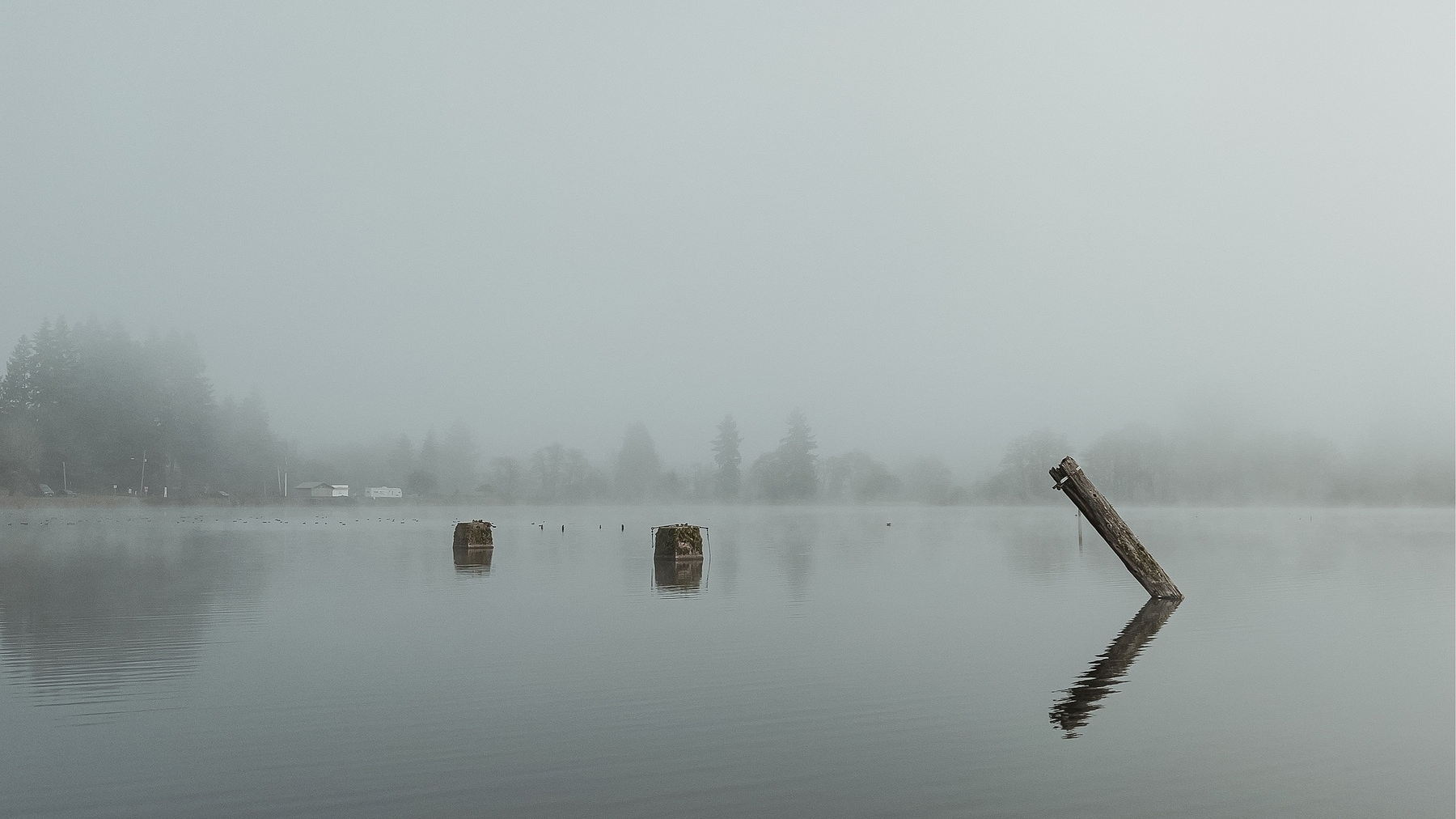I took my iPhone 13 Pro along as my sole camera for a quick camping trip to Vernonia. I’ve only had the phone for a week and was pretty excited about its new RAW format.
I like the images I get out of it, but in a qualified sort of way that I’ve felt about iPhone photos for a little while now:
Computational photography is a wonder that can do some amazing things. I have to do a lot less work to get a nice image out of an iPhone in weird lighting conditions than I do with one of my Fujifilm cameras, especially when dynamic range is challenging.
A lot of the apparent magic makes sense when you consider that Apple’s engineers bias for one general display use case (screens) and probably put their thumb on the scales for tablets and phones. If I take one RAW photo with a Fujifilm (or some other “regular”) camera, and one with an iPhone, the iPhone photo will be more immediately useful for mobile sharing.
But I’ve held that iPhone pictures tend to fall apart when you try to work with them much. Fujifilm cameras also do some computational photography: The dynamic range settings on an X-series camera are all about applying variable ISO to different parts of the image to cajole blown highlights and crushed shadows into usefulness. But the effect is less noisy and messy than what you get on an iPhone when you take a closer look. For display on small screens, you know, whatever: By the time Instagram, Facebook, or Twitter are done forcing your images through compression, there’s probably not much difference (though I’ve been surprised when people pick out my Leica/full-crop images from a Facebook album).
But I do notice that iPhone images come out a little “crispier” on the edges from sharpening that doesn’t always work that well, and when the dynamic range is challenging there’s more mush and noise.
I should probably burn the ink and paper to make a few 13x19 enlargements from this batch to see what I get. Maybe I won’t notice any meaningful difference, but some chunk of my photographs are destined to be prints so it’s a real use case for me.
I also think that from a “most people” point of view, I’m not sure how it is that there’s a low- or medium-tier fixed lens camera market anymore. Like, anything south of a Canon PowerShot G-series just doesn’t seem to make a lot of sense unless it’s one of those super-zooms. The iPhone seems to be plenty.
That said, I think there’s a level of mobile photography triumphalism that remains misplaced. I like the pictures I got this morning, but not so much that I’ll hand my travel photography over to a phone. My Fujifilm cameras are purpose- made picture taking machines with a vastly deeper amount of control and much more versatile output.





